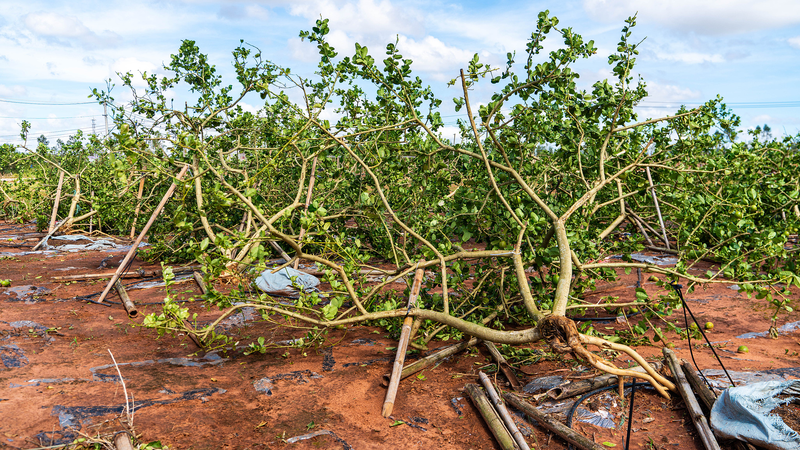Autumn in the Chinese mainland turned into a rollercoaster of weather extremes—southern heat waves 🔥, northern floods 💧, Typhoon Matmo 🌀 and even an early winter chill ❄️. Yet, thanks to agile coordination and adaptive response, the nation's emergency management leveled up its game like a boss.
Back in late September, the National Meteorological Center nailed the forecasts, calling both persistent heat in the south and unusual rainfall patterns up north days in advance. When Typhoon Matmo approached, the China Meteorological Administration (CMA) activated its highest response level, issuing October's first Typhoon Red Warning.
Meanwhile, the National Commission for Disaster Reduction rallied a dream team of meteorology, hydrology, emergency management and natural resources departments. This all-hands-on-deck approach meant risk assessments and preparedness drills were in sync across regions.
As predicted, the Chinese mainland's emergency systems sprang into action. When Matmo slammed into Guangdong Province on October 5 and swept into Guangxi Zhuang Autonomous Region, pre-established protocols kicked off rapid evacuations and targeted resource delivery—protecting people in flood-hit spots like Baise City.
Up north, cities seamlessly shifted from flood-control mode to early winter readiness. Municipal teams adapted on the fly, deploying pumps for drenched streets one day and setting up warming shelters the next.
Critical infrastructure—from transport networks and energy grids to communications lines—remained operational throughout the shifting storms, proving a resilient backbone. A multi-channel public communication strategy (think texts, apps and radio alerts) ensured everyone stayed in the loop and took the right precautions 🚨.
This autumn's weather saga shows how integrating top-tier forecasting with flexible, tech-driven responses is setting new standards in climate adaptation. As our world faces wilder weather, the Chinese mainland's playbook offers valuable insights on leveling up emergency management for the future 🛡️.
Reference(s):
cgtn.com




